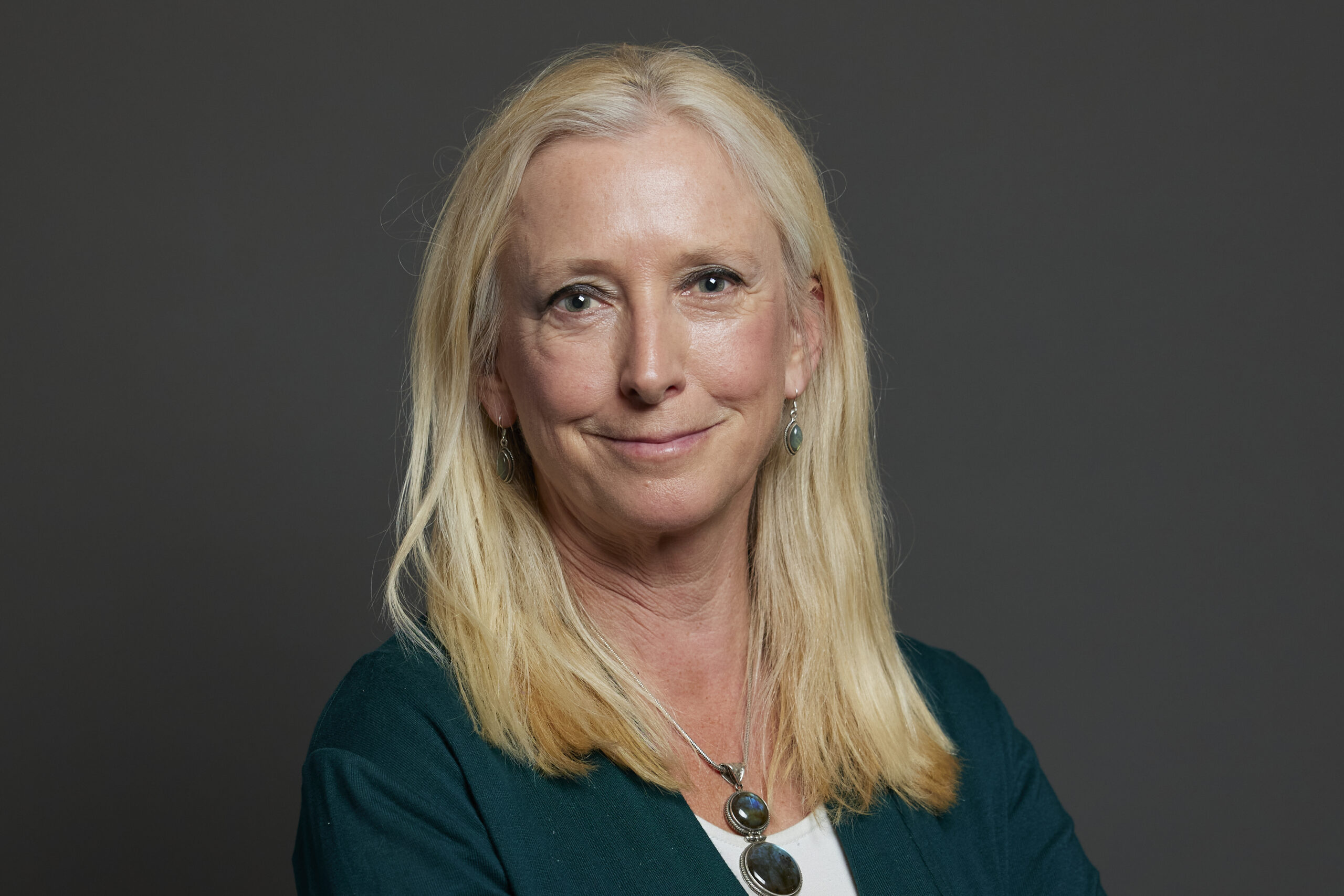In the race to combat climate change, solar farms have emerged as a beacon of hope. But as these sprawling fields of gleaming panels multiply across our countryside, they’re casting long shadows over another crucial resource: our precious farmland. It’s a classic case of good intentions colliding with unintended consequences, leaving us to ponder: can we have our solar cake and eat our locally-grown produce too?
Picture this: rolling hills of golden wheat replaced by a sea of silicon, stretching as far as the eye can see. This is what some people fear our countryside will turn into, and it’s also setting off alarm bells for those concerned about food security. The UK’s arable land has shrunk to a mere 14.8 million acres – the lowest since the days of ration books and victory gardens in World War II. Each year, we lose nearly 100,000 acres of farmland, while simultaneously importing a whopping 60% of our food. It’s enough to make me wonder if we’re trading one dependency for another.
But let’s pause before we start picketing against solar farms. The clean energy crowd has some compelling counterarguments. Solar Energy UK points out that we’d only need to sacrifice 0.5% of UK land to solar panels to achieve our net-zero dreams. They argue that the land used for solar farms is often the least productive plots that farmers are all too happy to repurpose as they diversify their income streams.
Some studies suggest that solar farms might actually be secret havens for wildlife. Well-managed solar sites can become buzzing hubs for pollinators and even improve soil health, potentially reversing the tide of biodiversity loss. It’s like creating a nature reserve with a side of clean energy.
So, how do we solve this solar conundrum? It’s time to get creative, and find ways to multi-purpose our land area. Imagine if every new home had to have solar panels. The “Sunshine Bill” proposed by my colleague, Max Wilkinson MP, aimed to do just that. The UK Warehousing Association estimates that installing solar panels on every warehouse could generate a whopping 15GW of power. While this alone won’t meet the UK’s full 90GW solar target, it highlights the untapped potential of rooftop solar.
And I’m a big fan of community-led, small-scale projects. When locals have a say in their energy future, it’s amazing how quickly NIMBYs (Not In My Back Yard) can transform into YIMBYs (Yes In My Back Yard).
The upcoming Land Use Framework offers a golden opportunity to rethink our approach. Imagine a world where solar panels shade parking lots, crops grow between rows of panels, and living roofs turn our buildings into green oases. It’s not just a pipe dream – it’s a multi-purpose, multi-layered land use philosophy that could revolutionize how we think about space.
As we navigate this solar-powered tightrope walk, one thing is clear: sustainability shouldn’t be politicised. The challenge of meeting our future energy needs while protecting our countryside and food production is too important to become a political football.
True sustainability is like a three-legged stool – it needs to balance reducing carbon emissions, safeguarding food security, and protecting biodiversity. As we charge towards a renewable future, let’s make sure we’re not leaving behind the very things we’re trying to save. The transition to renewables must be equitable, responsible, and fair to all – including future generations.


